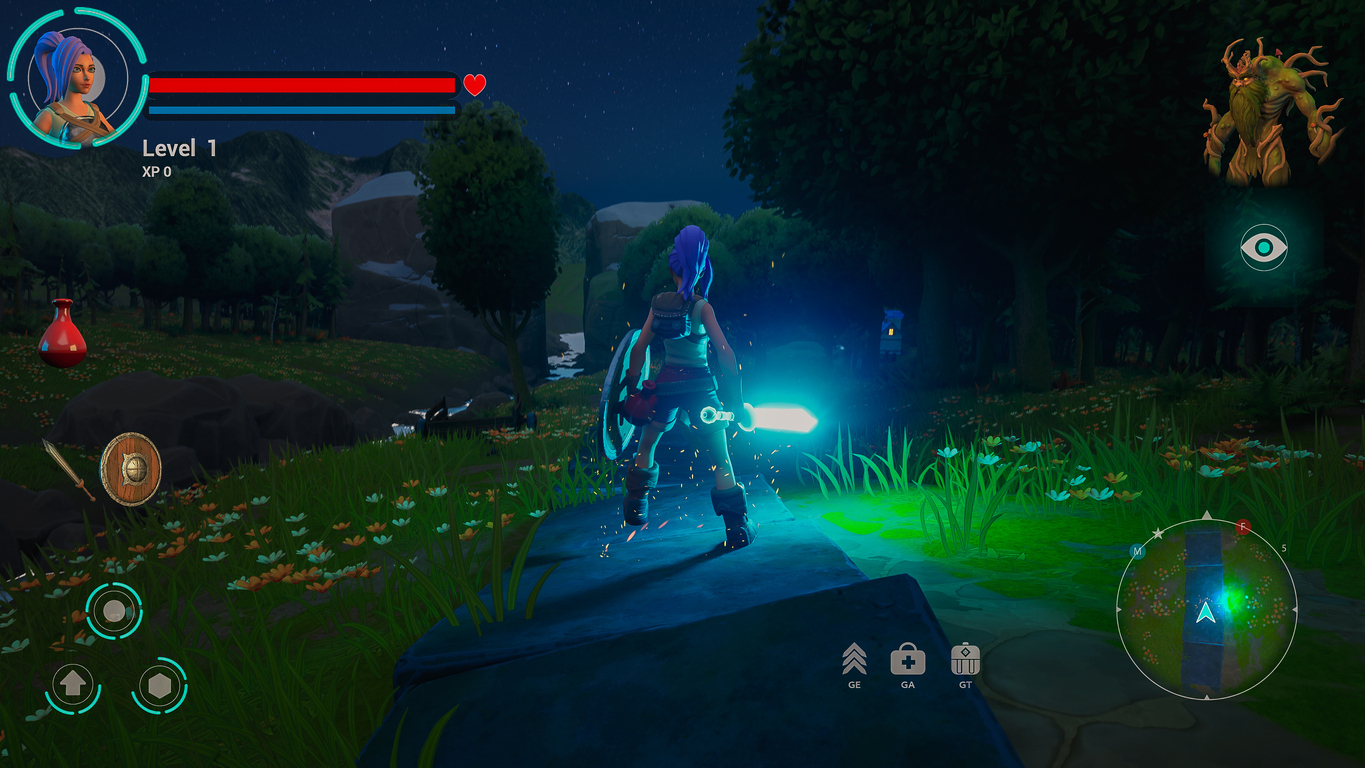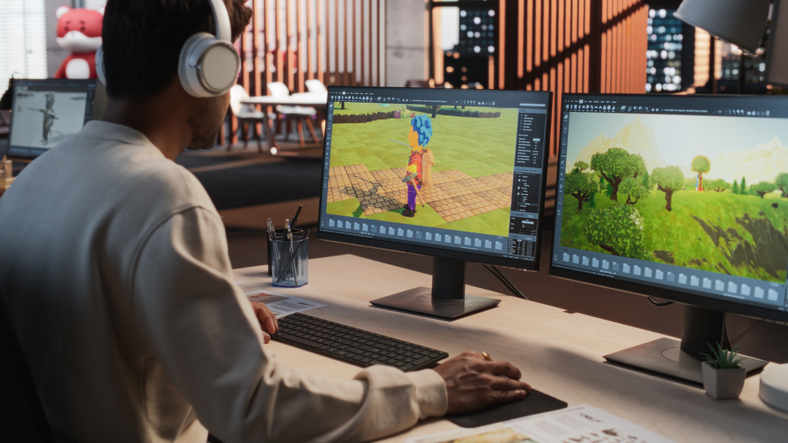Finishing a 3D animation or video is a bit like finishing a game: you are almost there, but you still need to bundle everything so others can enjoy it. That is where Adobe Media Encoder (AME) comes in. Instead of bogging down your editing software, AME acts as a background engine that converts your projects into playable files.
In this beginner‑friendly guide you will learn what AME does, walk through your first export step by step and see how this workflow fits into the Visual College of Art and Design (VCAD) 3D Modelling Animation Art and Design Diploma. By the end you will understand why mastering this tool is an essential part of telling stories through digital art.
What Is Adobe Media Encoder?
Adobe Media Encoder is like a translator for your media projects. When you have finished editing a sequence in Premiere Pro or animating a composition in After Effects, you can send it to AME. The encoder takes the raw timeline and converts it into the format you need, whether that is an H.264 MP4 for YouTube or a high‑quality ProRes file for a film festival. Adobe explains that you simply add your video or audio to the encoding queue, choose a preset or customise your settings and then start the queue when you are ready. Because AME runs in a separate application, it frees your editing software to continue working while your exports are processed in the background. For 3D artists this means you can render a scene in Maya or Unreal Engine, send it to AME and keep modelling without delay.
Step‑by‑Step Guide: How to Use Adobe Media Encoder for Beginners?
Exporting Your First Video
Learning how to use AME can feel daunting, so this guide breaks the process into clear steps.
Step 1: Add Your Project to the Queue
- Import your project: from Premiere Pro or After Effects use Send to Media Encoder, or drag your finished file into AME. This creates a queue item that you can configure independently.
You can add several items to the queue and give each its own settings. For example, export a high‑quality master and a lightweight preview at the same time.
Step 2: Choose a Format and Preset
When you click on the Format column, a list of codecs and containers appears. Here are some common choices:
- H.264 (MP4) for web platforms. It balances quality with manageable file size.
- ProRes or DNxHR (QuickTime) for masters that need more detail and headroom for colour grading.
- Image sequences when you need individual frames for advanced post‑production.
Alongside format you will see a Preset column. Presets bundle together resolution, frame rate and bitrate so you do not have to set each property manually. Adobe notes that the top of the Export Settings window allows you to choose your format and select from common presets. For example, YouTube 1080p Full HD chooses 1920×1080 resolution, a fixed frame rate and an appropriate bitrate for online streaming.
Step 3: Set the Bitrate and Quality
Bitrate controls how much data is allocated to your video each second. A higher bitrate means more detail but larger file size. There are two main approaches:
- CBR (Constant Bitrate) – uses a single data rate for predictable file sizes and is great for quick exports.
- VBR (Variable Bitrate) – allocates data based on scene complexity; choose a 2‑pass method for optimal quality.
If you are unsure where to start, choose a preset and leave the bitrate settings alone. As you become more comfortable you can fine‑tune these values to strike your own balance between quality and file size.
Step 4: Name Your Output and Start the Queue
Name your output file and choose where to save it. When you are ready, press Start Queue to begin encoding.
Beyond Basics: Batch Exports and Watch Folders
Once you are comfortable with single exports, AME offers tools to speed up repetitive tasks:
- Batch encoding: queue multiple items with different settings and render them all at once.
- Watch folders: designate a folder for a preset; any file you drop there is automatically encoded.
These tools help manage entire pipelines and save time.
How AME Fits into 3D Modelling and Animation?
Creating 3D art is more than pushing polygons. After modelling, animating and rendering, you need to package your work for delivery, whether you are sharing a demo reel online or presenting to clients. This is why Media Encoder is essential in the 3D pipeline. It ensures your work looks polished and plays smoothly on any device.
Why VCAD Uses Media Encoder?
The 3D Modelling Animation Art and Design Diploma at VCAD uses professional tools like Maya, Z‑Brush, Houdini and Unreal Engine. Adobe Media Encoder turns your renders into polished files for portfolios and client reviews, letting you move seamlessly from creation to delivery.
Structured Learning with VCAD Program
The diploma spans 72 weeks and welcomes both beginners and experienced artists. You will develop a broad skill set:
- Asset creation and texturing: sculpt characters and environments, apply materials and prepare assets for animation.
- Animation and storytelling: build storyboards, animate sequences and bring narratives to life.
- Effects and environments: add simulations like smoke and cloth, design believable spaces and props and learn to critique and refine your work.
The program is approved by British Columbia’s Private Training Institutions Regulatory Unit and offers online options, so you can study from anywhere in Canada while receiving the same expertise and feedback.
Course Highlights
Courses range from fundamentals like Colour and Design, Drawing I and Introduction to 3D Software to advanced subjects such as character rigging, animation principles, lighting, shading and portfolio development. The studio‑style environment with flexible schedules and personalised instruction gives you the confidence to tackle complex projects.
Career Opportunities
Graduates emerge with a strong portfolio and practical skills in both creative and technical domains. They may become character animators, texture or lighting specialists, 3D generalists or game/VFX professionals. VCAD notes that opportunities exist in animation studios, game companies, post‑production houses and more.
By learning AME alongside other industry tools, you will be able to prepare and deliver your work to clients and audiences with professional polish.
Final Thoughts
Mastering Adobe Media Encoder pays dividends. With a step‑by‑step workflow for adding files, selecting presets, adjusting bitrate and running the queue, you can export videos and 3D renders confidently. Pair these skills with VCAD 3D Modelling Animation Art and Design Diploma to gain complete pipeline knowledge. In a field where creativity meets technology, knowing how to finish and deliver your work is just as important as the art itself.
Whether you are preparing a demo reel, submitting an assignment or sharing your latest animation online, AME ensures your vision is seen as intended. Exporting confidently means your audience experiences your work without technical distractions and delays.














